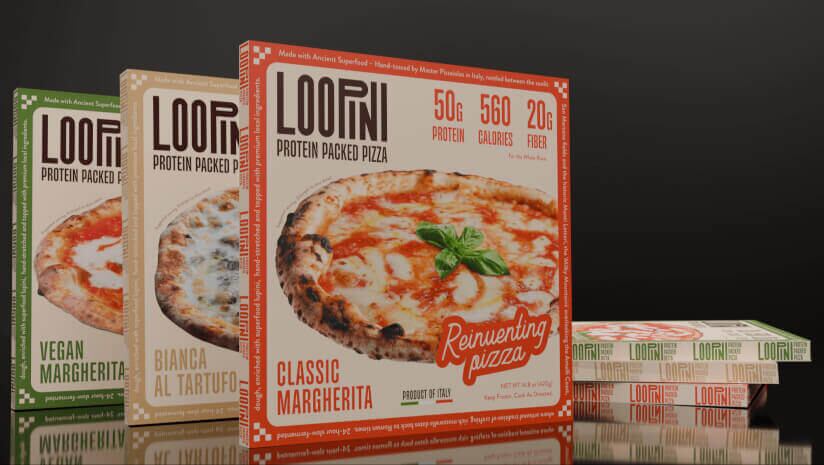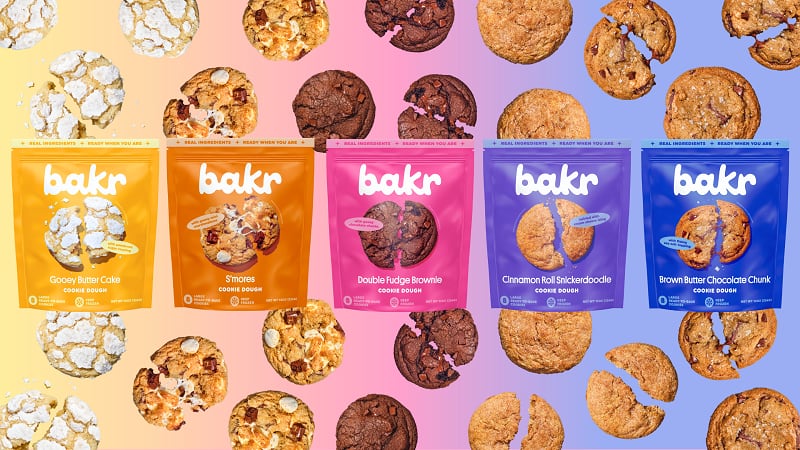US-based non-alcoholic beverage brand Blind Tiger is raising a glass to another successful Dry January as it expects 20% of its annual revenues to come from the month as the company tees up innovation for the year ahead.
Following a mandate to close her speakeasy-style restaurant during the COVID pandemic, Blind Tiger founder and CEO Rebecca Styn came up with the idea of making a non-alcoholic beverage and cocktail mixer brand in the style of her restaurant.
Currently, Blind Tiger offers four non-alcoholic beverages/mixers: Sidecar Mimosa, Southside Mojita, Bee’s Knees (a monk fruit-sweetened honey and juniper beverage), Lavender French 75 (a champagne-style mocktail with notes of cherry, juniper, lavender and lemon) and Ward 8 (a smoky beverage with citrus and notes of apple, cherry and orange).
Additionally, Blind Tiger will launch a Manhattan and a lower-sugar cocktail later in the year, Styn said.
“Cocktails tend to have a little bit more sugar in them, in general, to give them that full flavor and body profile. But consumers are leaning towards less sugar, so we want to be able to answer that, at least with one of our varietals,” she elaborated.
Startup Spotlight: More advice from founders to founders
Startup struggles: ‘Funding is always a challenge’
Similar to other founders, Blind Tiger is struggling to secure funding to scale its business at a time where capital remains elusive, Styn noted.
“Funding is always a challenge, especially as you grow and scale your business. It is one thing to serve a community, but then once you are getting out of the area that you know and you are comfortable in, there is really a whole lot of different factors that go into supporting that,” she elaborated.
Capital is not only important for covering the costs of manufacturing beverages, but funding is needed for promotional activities like demos that bring “sips to lips,” said Styn. Stretching dollars and using low-cost creative tools like finding personal brand ambassadors over major influencers often help as well, she added.
“Once you get to a certain level and you are trying to scale, it takes money to support once you get on shelf, and it is really hard whether it is adding brand ambassadors or demos or merchandising or coupons. There is a whole lot of things trying to build that brand recognition that you do not have that Pepsi and Coke, and all these other major players, have already ingrained in most consumers' lifestyles. So, you have to get creative,” she said.




